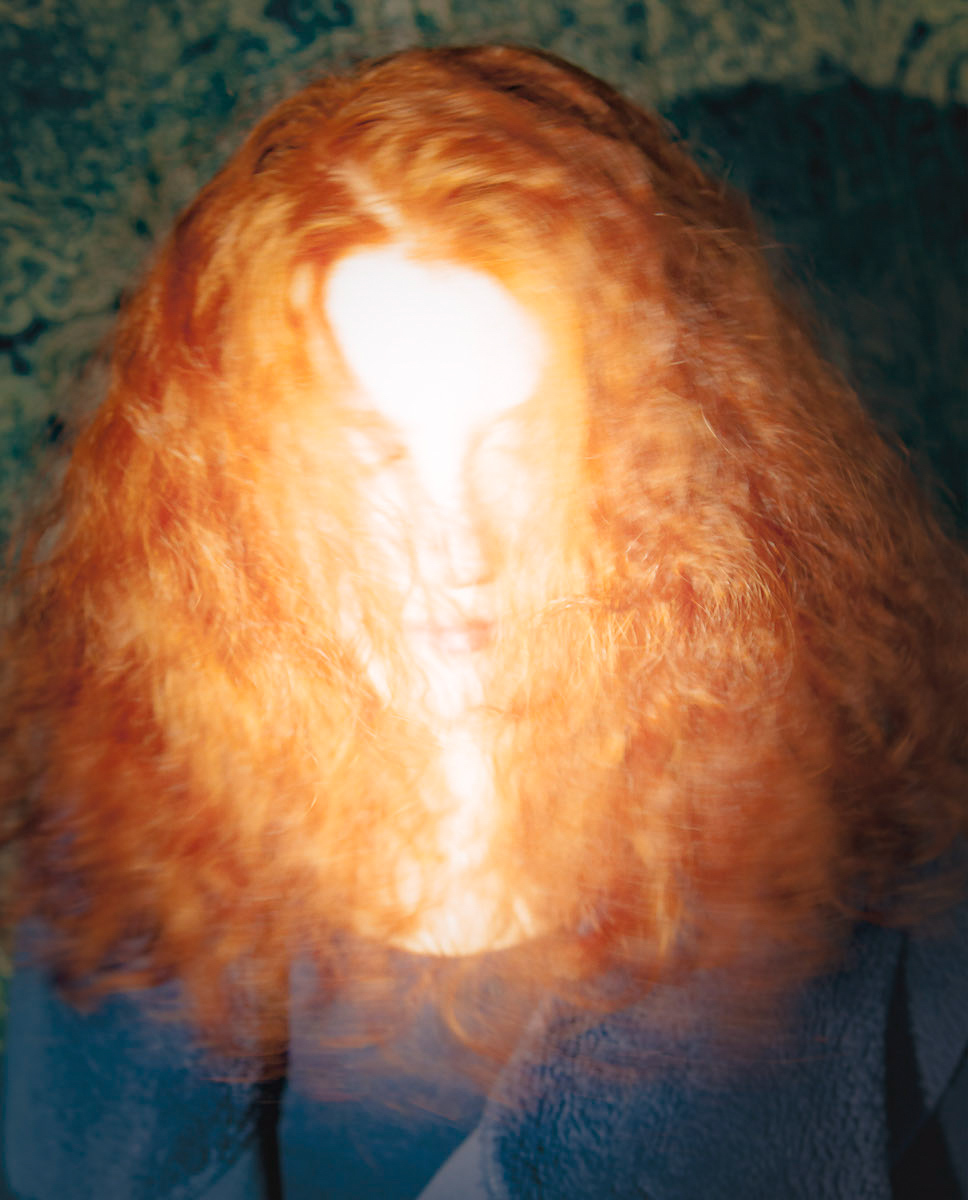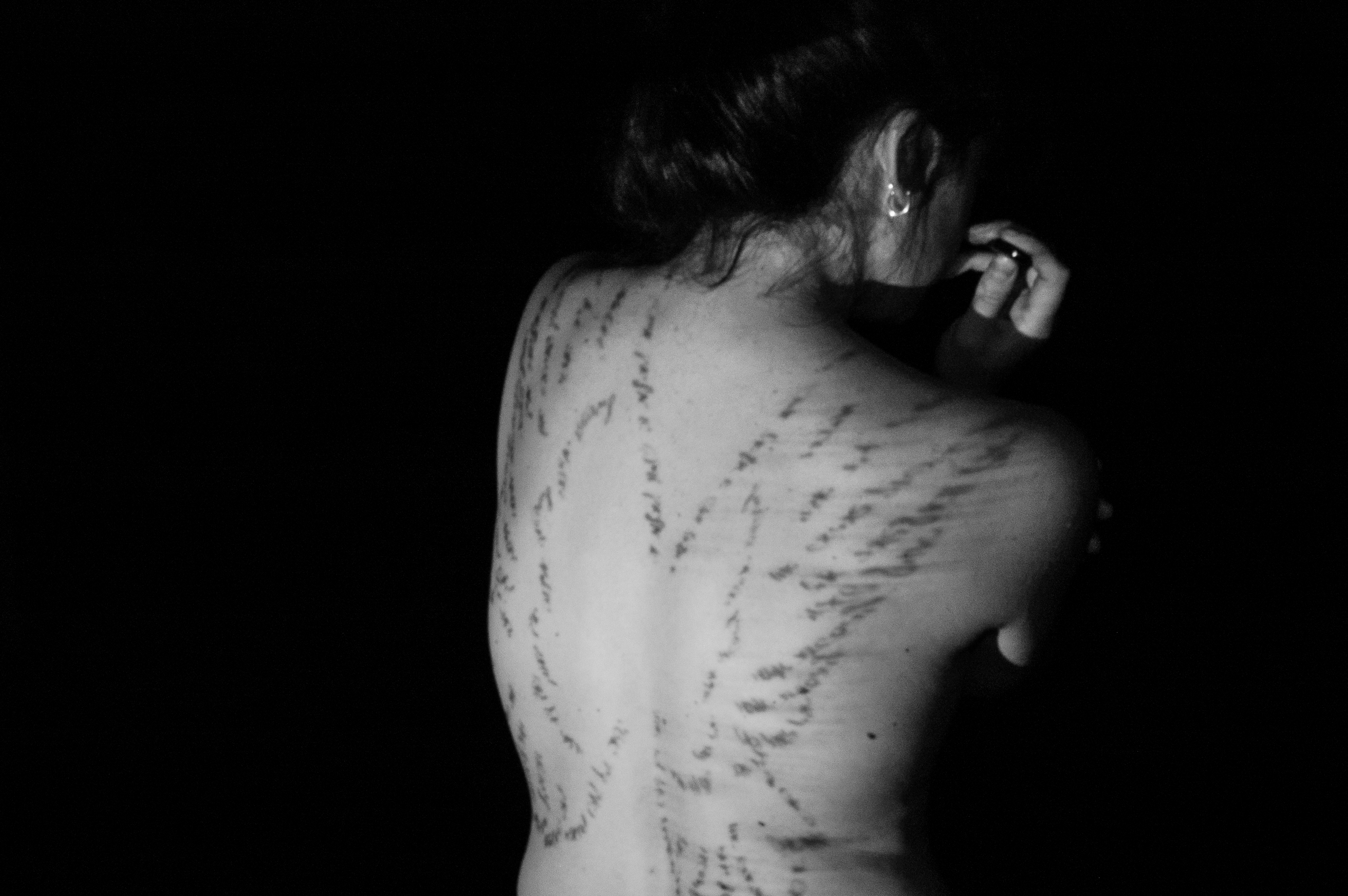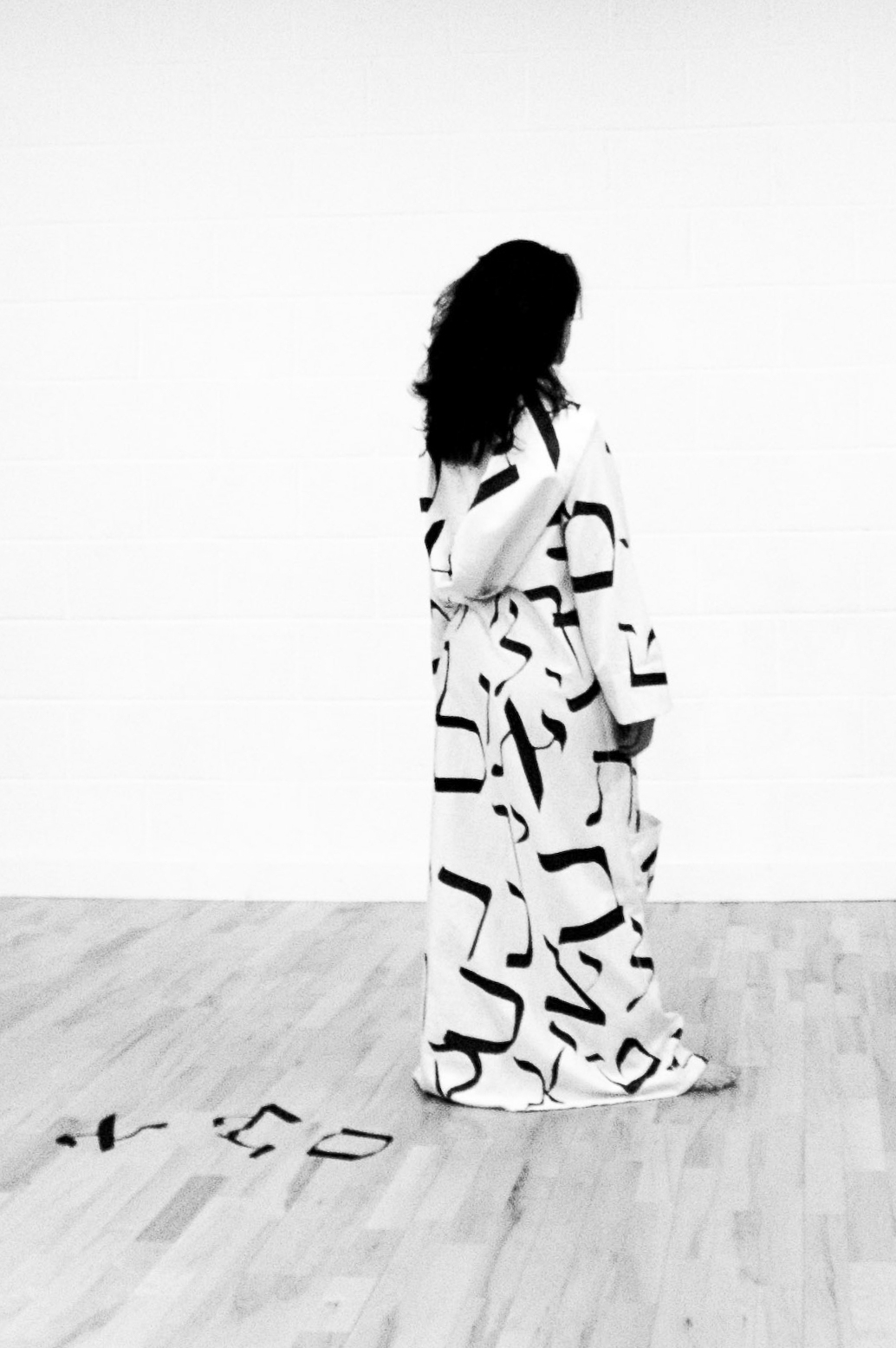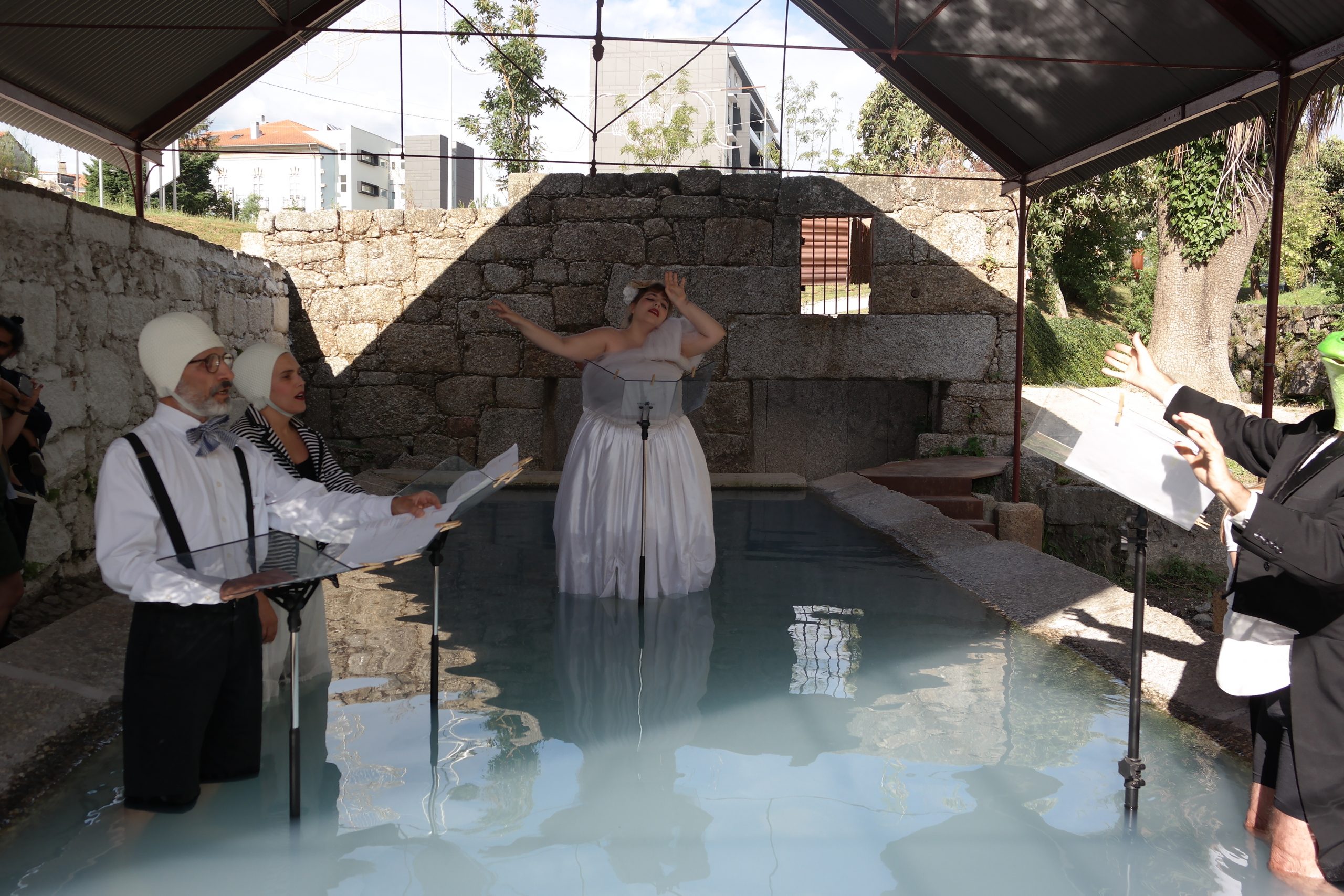Roughly since the 1970s, a new and largely post-vernacular Yiddish culture (Jeffrey Shandler) has started to develop in many, often unexpected, locales around the world. This phenomenon was in parallel to and as a continuation of the surviving secular Yiddish culture that descended from the pre-War culturati circles of Vilnius, Warsaw, Moscow, New York and elsewhere.
This new Yiddish culture was created by the post-World War II generation of Jewish and non-Jewish artists and academics who often (re)discovered and (re)learned the Yiddish language and employed it for cultural production – mostly music, theater, and literature – as the medium and/or the message. It came into maturity in the era of identity politics in the 1990s and 2000s. The avant-garde of that new Yiddish culture is post-modern, hybrid, progressive, humanist, and intersectional. This new Yiddish culture welcomed contemporary subjects and forms formerly considered as taboo (e.g. gender and sexuality) while maintaining the long-standing commitment of the historical secular Yiddish culture to equality and social justice. This intersectionality opened up spaces for queer yiddishkeit, the Afro-American Yiddish work of Anthony Russel, and „Waiting for Godot” in Yiddish, among many others.
The new Yiddish culture became an evolution from the tribal culture of the tight-knit Eastern European Jewish community and their descendants to an open culture, welcoming creators from different backgrounds and paths in life and working with multitudes of subjects and forms.
Yiddish Contemporary Art?
While art forms that directly employ language – literature, music, and theater – naturally became primary forms of the new Yiddish culture, Yiddish contemporary (visual) art has yet to emerge. But what would constitute Yiddish contemporary (visual) art? Is it contemporary visual art that uses the Yiddish language in some form – text, letterforms, speech – that is, for instance, a video or sound installation or a performance art piece? To what extent and in what forms must the Yiddish language be present in an art piece to be considered Yiddish contemporary art? Perhaps “Yiddish contemporary art” must be defined in more open-ended terms?
I propose we consider “Yiddish contemporary (visual) art” as any contemporary art piece – contemporary painting, works on paper, installation, photography, video, sound, performance art, new media, social practice, etc. – that are consciously produced by the artist as a project of the new Yiddish culture. This art can either directly employ the Yiddish language, form, subjects, themes of Yiddish/Eastern European Jewish culture or be situated in a less straightforward relation to them. Works of Yiddish contemporary art have an intentional and knowable connection to the language(s) and culture(s) of Eastern European Jewish communities, in dialogue with language(s) and culture(s) of their neighbors and the world at large.
Contemporary Berlin-based artists Arndt Beck and Ella Ponizovsky-Bergelson’s two-person exhibition Di farbloyte feder | Berliner zeydes, held last summer at the ZeitZone Gallery in Berlin is an example of such contemporary Yiddishist art practices.

Ella Ponizovsky-Bergelson, who was born in Moscow and grew up in Israel, works in hybrid calligraphy and is interested in “what happens to words and sentences when you change the language or the alphabet” as in her Among Refugees Generation Y, a piece of calligraphy on a wall in the Neukölln district of Berlin, an area infused with the Yiddish, Arabic, and German languages.
Ponizovsky-Bergelson’s work in Di farbloyte feder | Berliner zeydes is based on the Yiddish poem A papirene brik (My Paper Bridge) by Kadya Molodowsky (1894–1975) who emigrated from Poland to the US in 1935. In this piece, which is painted on a wall, Ponizovsky-Bergelson renders Molodowsky’s text in ancient Hebrew script in vibrant primary colors, a radical gesture given the standard monochromatism of post-Holocaust Jewish-themed art that addresses the destruction and fading away of the Ashkenazi civilization in Europe.
According to Ponizovskiy-Bergelson: “If we are bringing Yiddish back to life, to the present and the future, it is better to do it in color to break the stigma and to get rid of this very sad and tragic black and white picture”. Painting/writing the poetic text of Molodowsky, who wasn’t religious, using the ancient Hebrew script that evokes the dawn of Judaism is perhaps a statement about the 20th century Eastern European Jewish trauma that suddenly rended the early 20th century Yiddish secularism that was once so lively and vibrant in antiquity.
The work by Arndt Beck, who was born in Berlin in 1973, in Di farbloyte feder | Berliner zeydes, combines images from documentary photos of early 20th century European Jewish life with Yiddish text, both rendered in decisively vibrant or heightened colors. As in the case of Ponizovsky-Bergelson’s work, the use of color in Beck’s work violently clashes with or subverts the pre-conceptions of the sense of loss and the assumption of grayscale of the early 20th-century documentary photographs depicting pre-Holocaust Jewish life.

Beck’s works propose another type of remembrance: an exuberant and carnivalesque one that can ensure the continuation of Yiddish culture in new and existing yet unexpected forms. The Yiddish text in Beck’s works comes from Yiddish poems by Moyshe Kulbak (1896–1937) and Avrom Sutskever (1913–2010), which are connected to Berlin and Yiddish literary history in the city. Some of these poems have never been translated out of Yiddish until Beck engaged them in his artwork. This includes Sutskever’s Brandenburger tor (Brandenburg Gate) or his diary from his journey to the Nuremberg Trials in 1945–46. Beck’s contemporary art practice is, in fact, part of his multi-faceted Yiddishist culture-work, where he acts as an organizer, translator, and creator for the course of Yiddish.
Canadian artist and researcher Avia Moore is a Yiddishist who is a maker, producer, scholar, and dance leader. Moore’s practice is mainly performance and Yiddish dance/movement, but she has often collaborated on research projects, films, documentaries. Her performative research-based practice and its rootedness in the Yiddish text is exemplified in her ongoing project The Letter Angel, which began in 2006 based on a drawing by Sarah Horowitz and an image of a girl navigating her way through the aleph-beys (Yiddish alphabet) as a metaphor of the journey into Yiddish culture. This project mainly consists of performative explorations, sometimes documented in photo and video projects. The Letter Angel was also explored through image, prop-making, text, and music in trace. These included Moore’s solo work (from movement explorations to photography, to crafting) and ensemble work (movement, music, writing, photography), as well as art books. According to Moore, The Letter Angel is at bottom about how we carry our “identities on our bodies“ and “on our skin”.

The Chicago-based artist Shterna Goldbloom maps the difficulties and complexities of bridging the Jewish and LGBTQIA identities. Her work focuses on the experiences of queer Jews coming from traditional Orthodox communities who had to negotiate or are still negotiating their sexual orientation and gender identity with the tenets and practices of Haredi Judaism.
Goldbloom’s projects Feygeles uses the Yiddish slur for “gays” as its title, which literally means a “little bird”. According to Goldbloom, the title “expresses both the queerness of these Jews and their ‘flight’ from their communities as they had to leave in order to accept and realize their sexual gender identities and their journeys to to their new communities of choice”.
Feygeles “aims to make visible that which has historically been hidden” because queer Jews have always existed, and yet traditional Jewish communities refuse to acknowledge that history or the presence of queer Jews in their communities today.
The contemporary Torah scrolls in the Feygeles installation are handmade and include photographs of and interviews with queer ex-Orthodox and Orthodox Jews “who have struggled to find ways of integrating their history and family traditions with their sexuality and gender”. Each scroll is unrolled to a different degree, mirroring the different levels of openness of the subjects’ identities. The photographs of the subjects who are not openly LGBTQIA are kept shielded and concealed in closed Torah scrolls. Some portraits are shown partially, while others are fully and proudly displayed.
Between the Tribal and the Intersectional
The question of Yiddish contemporary art brings up such issues as hybridity, assimilation, authenticity, essentialism, and cultural appropriation.
Yiddish contemporary art reflects the general openness of the new Yiddish culture, which welcomes Jewish and non-Jewish cultural producers and any subject and form that conceptually, visually, or otherwise establishes a relationship to the Yiddish language and culture.
Yiddish contemporary art is socially progressive, trans-territorial, and both frum and secular. Yiddish contemporary art is both tribal and intersectional, traditional and synthesized.
In the world of Yiddish contemporary art, the Eastern European Jewish identity co-exists with non-ethnically specific humanist values.
Yiddish contemporary art privileges neither the authenticity of native speakers nor the imagination of post-vernacular Yiddishists. A native Yiddish speaker and a post-vernacular Yiddishist are both critical actors of the 21st century Yiddish creativity. No one can claim the authority of Yiddish contemporary art. It is unlocked and open to further development and expansion.
Yiddish contemporary art is produced by choice by its creators.
Yiddish contemporary art embraces diversity, contributes to cross-cultural exchanges around the world, and maintains 20th-century universalist aspirations.
Yiddish contemporary art “steals” the porous and ever-shifting “borders” of the historical Ashkenazi civilization in Eastern Europe.
Yiddish contemporary art both embraces and rejects nostalgia for the Yiddish culture of the past and is both cautious and excited about the future.
Yiddish contemporary art posits the human being at the center of art.

Yiddish Contemporaneity
The forms of Yiddish contemporary art are the forms representing the life of Yiddish culture today. They are of various degrees of religiosity, assimilation, connection to “the old home”, and political commitment.
Yiddish contemporary art is not about reviving or resuscitating the culture of the past but about continuing and reimagining Yiddish culture in earlier unforeseen forms under new conditions.
At the same time, Yiddish contemporary art is against forcing Yiddish culture into contemporaneity through the violent modernization of “shock therapy”. Yiddish culture is a living culture that doesn’t need to be “upgraded” to the imperialist „standards” of contemporary hegemonic cultures. There is no need to translate forms and themes of hegemonic cultures into Yiddish or finding Yiddish equivalents to it.
Yiddish contemporary art must be allowed to develop under its own internal logic for the unique multidimensional Yiddish contemporaneity.
We do not need “Yiddish abstract expressionism” or “Yiddish relational esthetics”. What we need are, simply, forms of Yiddish contemporary art.
Forms of Yiddish contemporary art are both already here and are yet to be developed. While rejecting the dictates of cultural imperialism, Yiddish contemporary art is at the same time open to everything progressive locally and globally.
Yiddish contemporary art strives for the equilibrium between particularism and universalism.
Yiddish contemporary art is migrant, diasporic, and global.
Yiddish contemporary art is representational, modernist, monumental, ephemeral, participatory, performative, and so on.
The colors of Yiddish contemporary art are exquisite, its forms are refined, and its lines are trembling.
Another version of this essay appeared in Hyperallergic [https://hyperallergic.com/581286/is-there-a-new-yiddish-contemporary-visual-art/].
Yevgeniy Fiks is an artist based in New York.




